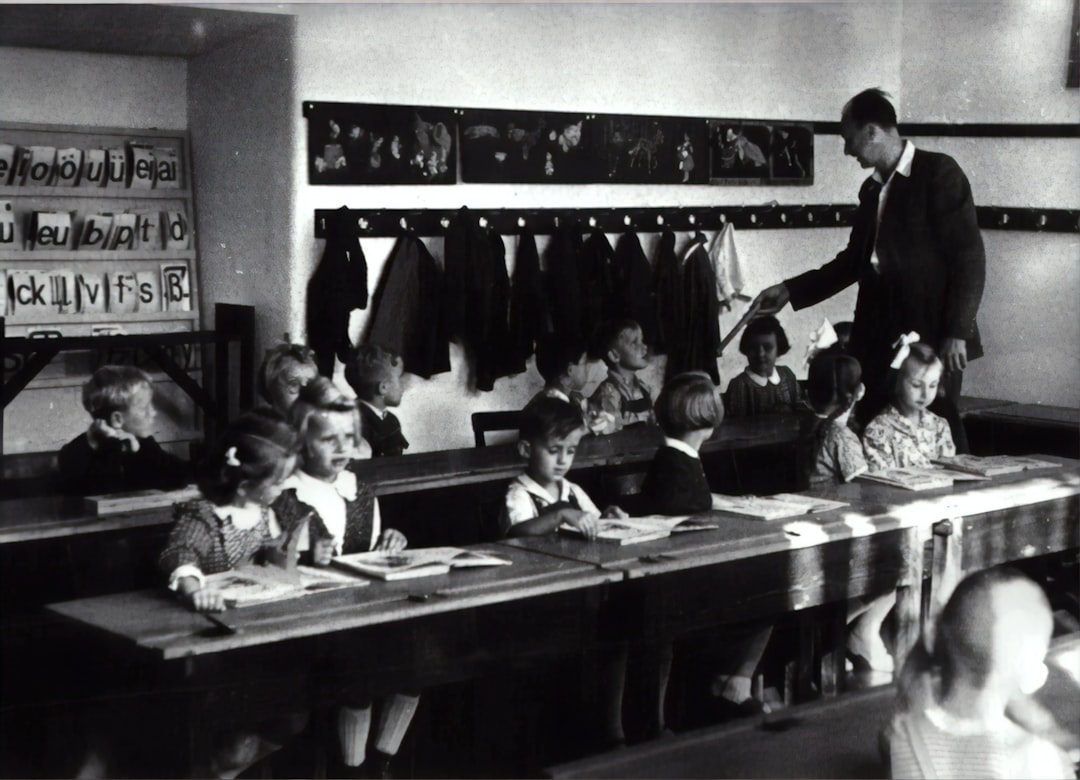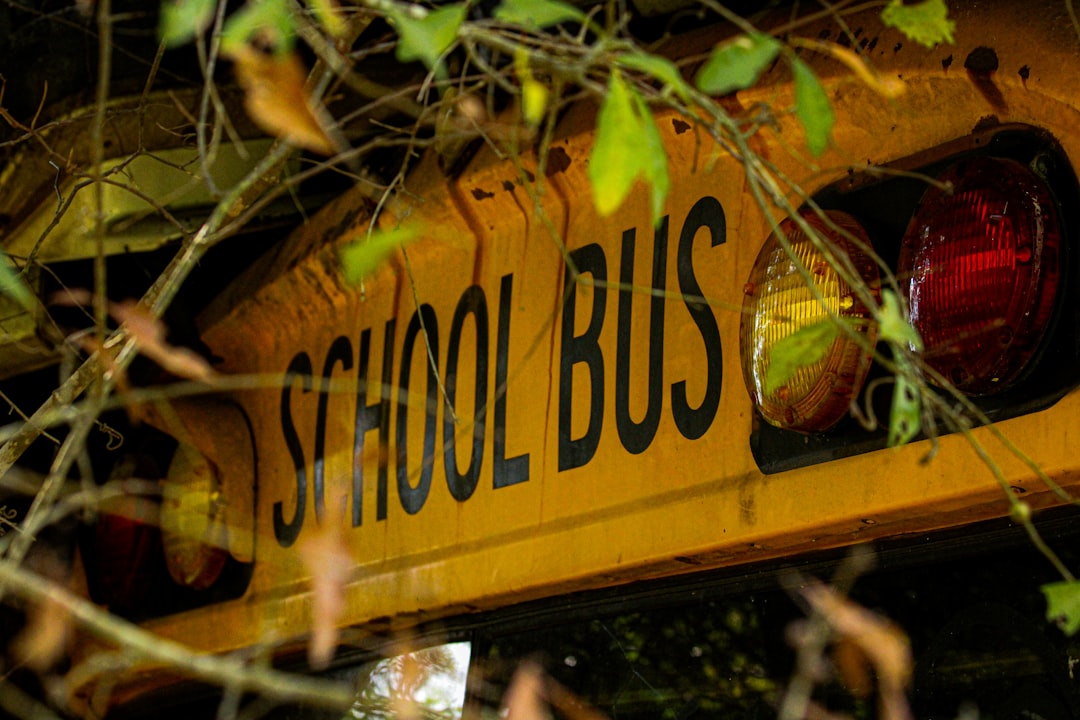

Engage prospects with a scan and streamline customer engagement with FREE QR code marketing tools by Sona – no strings attached!
Create a Free QR CodeFree consultation

No commitment

Engage prospects with a scan and streamline customer engagement with FREE QR code marketing tools by Sona – no strings attached!
Create a Free QR CodeFree consultation

No commitment
In today's digitally driven world, QR codes have evolved from a novelty to a strategic powerhouse in bridging offline engagement with online action. For etiquette schools, QR codes in education represent an efficient and innovative way to accelerate enrollment, deliver course materials, and facilitate real-time feedback—all without the friction of manual processes or app downloads.
Etiquette schools, with their rich history and deep cultural roots, stand at the intersection of tradition and modernity. As demand for social skills education, manners classes, and professional etiquette training increases, the ability to connect prospective students and parents with digital resources instantly is essential. Yet, many schools struggle with incomplete lead tracking, anonymous walk-in traffic, and missed follow-up on promising inquiries—all of which can mean lost opportunities in a competitive market.
QR code solutions offer etiquette schools an opportunity to transform every printed asset, classroom, and event into a dynamic entry point for learning and enrollment. Modern solutions can capture and track interactions that would otherwise remain invisible, helping schools increase engagement, ensure that every inquiry is recognized, and optimize for real, measurable conversion impact. Explore the Sona QR product overview to see how this works end to end.

Many etiquette schools face the persistent challenge of missing out on high-value prospects who interact with event materials or show up at open houses but never complete an enrollment form. Traditional processes often fail to capture interest unless the prospect takes the extra step to reach out, leaving admissions teams in the dark and opportunities untracked. For additional context on modern tactics, see QR code marketing.
QR codes bridge the gap between traditional etiquette education and digital outcomes, enabling etiquette schools to achieve higher enrollment rates, boost engagement, and capture actionable data. They replace analog bottlenecks with instant digital pathways that students and families actually use. Replacing paper forms, phone-based scheduling, or manual email follow-up with QR-powered journeys leads to fewer drop-offs and clearer attribution.
To maximize impact:
By integrating modern QR code solutions, etiquette schools streamline manual processes while maximizing their ability to drive and accurately measure in-person and online conversions. The result is a smoother experience for families and a more predictable pipeline for administrators.

A significant pain point for etiquette schools is the lack of visibility into who is engaging with outreach efforts. It is common for prospective students or parents to pick up a flyer, attend an event, or consume content without ever submitting a form or making themselves known. This anonymity leaves schools with incomplete pipelines and missed revenue opportunities, especially when busy families delay follow-up or set aside printed materials.
QR codes solve that gap by inviting immediate action in the moment of interest. A parent can scan a code on an invitation and RSVP in 10 seconds. A teen can scan a poster in a community center and download a class sample or join a waitlist on the spot. Dynamic, trackable links make it possible to see what worked and what did not, then adjust without reprinting.
QR codes address a range of challenges specific to etiquette schools:
Some etiquette schools now link QR codes to feedback surveys or referral forms on graduation certificates. This simple placement uncovers hidden advocates, captures testimonials and referrals, and feeds a pipeline that used to rely solely on word of mouth.

Choosing the right QR format is essential. Many etiquette schools waste time and print budget by using a one-size-fits-all approach, which dilutes tracking accuracy and limits the ability to segment audiences. Instead, match the format to the job.
Etiquette schools benefit most from QR formats tailored to their workflows:
Centralized QR management ensures every campaign is traceable and that missed opportunities due to anonymous interactions are greatly reduced. Platforms like Sona QR let you generate, manage, and update codes from one dashboard while keeping analytics clean and comparable.

Etiquette schools frequently invest in outreach materials and events but often cannot tell what actually generates pipeline. QR-enabled tracking sheds light on these blind spots by turning every asset into a measurable response point. The key is to place codes where interest naturally peaks.
Think through the full lifecycle from first impression to alumni engagement. Each touchpoint can prompt a useful action and generate data you can act on. Here are high-engagement placements that consistently drive results:
With these insights, etiquette schools can allocate budgets more effectively and build growth strategies around proven, data-backed engagement rather than guesses.
One overlooked issue in etiquette admissions is the lack of consistent, easy feedback channels, which leads to missed insights and fewer referrals. QR-enabled touchpoints transform these moments into structured outcomes while creating tangible value for families.
Build a portfolio of use cases that meet people where they are:
By making these processes frictionless, etiquette schools turn each engagement into a continuous loop, from recruitment and education through to feedback and alumni referrals.
A common frustration for etiquette school marketers is the inability to retarget leads who showed interest but did not fill out a form. QR codes change that by turning every scan into a signal with context. Even when a person does not complete a full application, the scan creates a path to continue the conversation. For execution ideas, see Sona’s Playbook titled Intent-Driven Retargeting.
Each QR code placement can be aligned with a journey stage and a program track. That way, when someone scans, you know whether they discovered you at a family fair, evaluated a teen course, or examined a professional protocol program. With integrations to your CRM and ad platforms, you can build lists that respect intent and deliver information that feels helpful.
Here is how to structure segmentation and retargeting:
Technology has made it possible for etiquette schools to transform anonymous or partial engagements into high-quality, retargetable audiences while respecting privacy and preferences.
Disconnected campaigns create confusion for families and add workload for staff. QR codes unify messaging and simplify the path to action across brochures, events, email, and paid media. They act as connectors across offline and online channels so you can measure the full journey.
To maximize effect, standardize how and where QR codes appear. Use consistent visual cues and benefit-led CTAs, then connect scan data across channels to see what contributes to enrollments. A centralized platform like Sona QR makes it simpler to maintain brand consistency, monitor performance, and sync engagement to your CRM.
QR codes enhance your broader strategy in etiquette education:
QR codes serve as the offline onramp to your digital marketing engine. They unlock measurable engagement across channels that were once hard to attribute.
Implementing QR campaigns without structure can cause overlap and confusion. A clear checklist ensures staff know what to do and that families experience a coherent journey. Start small with one or two core use cases, then expand as you build confidence and see results.
Below is a five-step execution framework adapted for etiquette schools. Each step balances practical details with strategic oversight, so campaigns remain easy to run and easy to measure.
Define a specific bottleneck to fix so you can measure success. Common starting points in etiquette schools include unpredictable open house attendance, unclear feedback channels, or a drop-off between a trial class and full enrollment.
Your code type determines what you can learn and how easily you can adapt. In most cases, dynamic codes offer better flexibility and analytics.
Good design and a clear call to action increase scan rates. Scannability depends on contrast, size, and context.
Roll out the code where your audience already is and where staff can reinforce the action. Consistency of message and timing matters.
Measurement closes the loop. Use analytics to understand which assets and messages perform, then refine.
Modern QR solutions provide no-code setup, cross-channel oversight, and detailed reporting, which helps etiquette schools scale without losing clarity or control.
Many etiquette schools struggle to connect marketing effort to actual enrollment results. Without direct attribution, it is hard to justify spend or double down on what works. Advanced QR tracking solves this by tying every action to revenue impact, from the first scan to the final payment. For strategy, read Sona’s blog post titled The Essential Guide to Offline Attribution.
Analytics should illuminate the path a family takes. If a parent scanned a mailer, watched an instructor intro, RSVP’d to an open house, and then enrolled, you need to see that sequence. Sona QR captures the scan events and Sona.com connects them to your CRM data, so you can attribute pipeline to the right campaigns. For modeling, see Single vs Multi-Touch Attribution Models.
With QR code analytics, you can:
By leveraging these feedback loops, etiquette schools sharpen recruitment and retention, defend budgets with data, and reduce wasted effort.
Even well-planned QR campaigns can stall without consistent execution. Staff may forget to mention codes, scans may plateau, or feedback may remain sporadic. A few best practices can keep your program healthy and growing.
Focus on tips that align with the media you use most and the journeys you need to support. For etiquette schools, this usually means print collateral, events, and classroom touchpoints that feed into mobile-friendly experiences. For additional perspective on adoption and usability, review QR code guidelines and the broader QR fatigue debate.
Creative deployments, such as QR-enabled alumni referral cards or table cards that link to a live etiquette calendar, keep engagement fresh and reinforce your school’s professionalism.

Etiquette schools worldwide are modernizing their outreach with QR codes. The most effective programs pair simple placements with clear outcomes, then track everything in one system.
Results are strong when schools use QR codes to make the right action easy at the right time. Here are several examples to spark ideas and demonstrate what is possible:
Adopting these practices helps etiquette schools address operational blind spots while building stronger, data-backed pipelines.
Despite the promise of QR technology, pitfalls can hold results back. Codes can be rendered unscannable by poor placement, links can disappoint with generic content, and tracking can be diluted by using the same code everywhere. This section highlights what to avoid and how to do it right.
A thoughtful approach puts scannability and relevance first, then layers in analytics and automation. Make sure you are offering a clear benefit, sending people to a mobile-optimized destination, and measuring the full path to conversion.
Industry data shows that etiquette schools implementing integrated, thoughtfully managed QR strategies see measurable lifts in lead quality, engagement, and retention. The difference is consistency, clarity, and a willingness to optimize.
QR codes have emerged as a transformative tool for etiquette schools, blending centuries-old traditions with modern convenience and measurable results. Every flyer, classroom aid, and event reminder becomes an opportunity to reduce missed connections, nurture anonymous interest into real engagement, and ensure no prospective student falls through the cracks.
This integrated approach allows etiquette schools to connect with families and professionals in moments that matter, not just through streamlined access to course materials and feedback loops, but by creating a continuous data trail that guides improvement and growth. Unlike traditional, disconnected campaigns, QR-based processes provide clarity, measurement, and the ability to adapt quickly to shifting demands.
By adopting unified QR solutions, etiquette schools gain the tools to future-proof their marketing, reach and re-engage audiences with precision, and continually refine programs based on actionable analytics. If you want to get started quickly, generate and track your first codes with Sona QR, connect scan data to your CRM, and make every print asset work harder for enrollment—Start creating QR codes for free.
QR codes have transformed etiquette schools from traditional instruction to interactive, measurable engagement hubs. Whether it’s enhancing student onboarding, providing instant access to course materials, or streamlining event registrations, QR codes replace outdated, manual processes with seamless, mobile-friendly actions that capture real-time data—turning every interaction into a conversion opportunity.
Imagine knowing exactly which materials inspire enrollment or which workshops generate the most interest—and adjusting your campaigns instantly without reprinting. With Sona QR, you can create dynamic, trackable QR codes in seconds, update content on the fly, and link every scan directly to your enrollment metrics. No missed chances, just smarter strategies that grow your school’s reach and reputation.
Start for free with Sona QR today and transform every scan into a meaningful connection, a new student, or a loyal advocate.
Etiquette schools teach social skills education, manners classes, and professional etiquette training that help individuals develop both personal and professional social competencies.
Etiquette schools benefit individuals and professionals by improving social skills, manners, and professional conduct, which can enhance personal relationships and career opportunities.
Etiquette courses typically include topics such as teen dining etiquette, workplace professionalism, college interview preparation, and business protocol.
Etiquette schools provide structured training in social skills, manners, and professional behaviors that build confidence and improve interactions in both personal and professional settings.
Key skills taught include social manners, communication etiquette, dining protocol, professional conduct, and interview preparation.
While the article focuses on in-person etiquette schools, it highlights the use of QR codes to deliver digital course materials and facilitate online engagement, indicating available online resources.
Etiquette schools have a rich history with deep cultural roots, serving as a bridge between tradition and modern social norms to teach manners and professional conduct.
Etiquette schools adopt modern tools like QR codes to digitize enrollment, deliver course materials, capture feedback, and track engagement, blending tradition with digital convenience.
QR codes help etiquette schools accelerate enrollment, deliver course materials, capture real-time feedback, track engagements, and convert offline interest into measurable online actions.
The article does not specify locations but suggests using digital outreach and QR code-enabled materials at local venues like schools, libraries, and community centers to discover reputable etiquette schools.
Starting an etiquette school involves identifying key bottlenecks to address, selecting high-impact outreach placements, designing clear QR code campaigns, and using analytics to optimize enrollment and engagement.
Etiquette schools benefit from web link QR codes, vCards for contact sharing, SMS or email pre-filled messages, event check-in codes, and dynamic QR codes that allow real-time content updates.
They place QR codes on invitations, brochures, certificates, classroom signage, and event materials to enable instant RSVPs, access to course content, feedback collection, and lead tracking.
Common pitfalls include poor placement causing unscannable codes, generic landing pages lacking clear calls to action, overcrowding of multiple codes on one asset, and slow or complicated destination pages.
Etiquette schools use scan analytics to track scan events by time, location, and device, integrate data with CRM systems, monitor conversion steps, and apply attribution models to connect scans to enrollments and revenue.
They create unique QR codes for different journey stages and program tracks, tag audiences by interest, analyze scan context and timing, and sync data with CRM and ad platforms for targeted follow-up and retargeting.
Best practices include standardizing code design and placement, using benefit-driven calls to action, training staff to promote scanning benefits, automating follow-up, and connecting QR data across offline and online channels.
Yes, QR codes on graduation certificates or course handouts can link to feedback surveys and referral forms, helping schools improve program quality and generate warm introductions.
By digitizing enrollment forms, enabling instant RSVPs, tracking scan analytics, and optimizing content placement, etiquette schools reduce drop-offs and increase conversion rates.
Examples include increasing open house attendance with QR RSVPs, embedding codes in workbooks for interactive lessons, segmenting leads by interest using dynamic QR codes, and shifting to digital bookings from phone calls.
Use Sona QR's trackable codes to improve customer acquisition and engagement today.
Create Your FREE Trackable QR Code in SecondsJoin results-focused teams combining Sona Platform automation with advanced Google Ads strategies to scale lead generation

Connect your existing CRM

Free Account Enrichment

No setup fees
No commitment required

Free consultation

Get a custom Google Ads roadmap for your business






Launch campaigns that generate qualified leads in 30 days or less.
